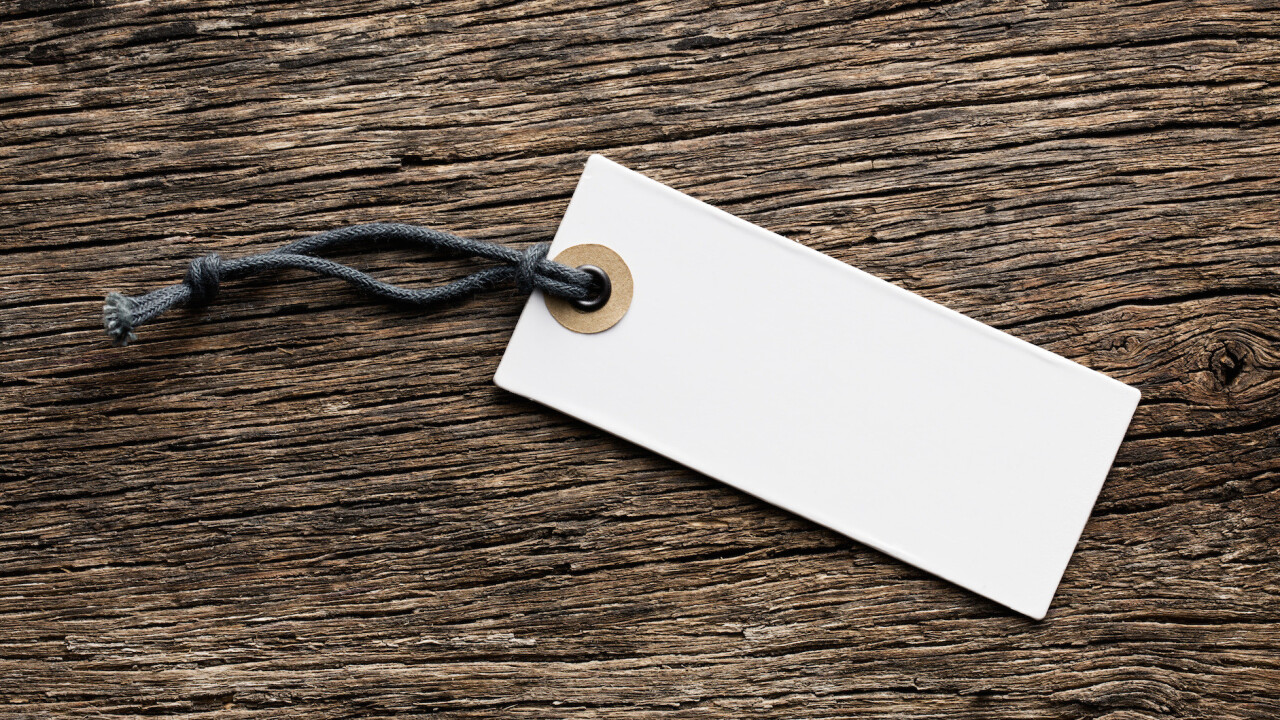
Firas Kittaneh is the CEO of One Mall Group.
Businesses make a killing selling products that rarely cost more than a hundred dollars. Take Warby Parker and H&M, for instance. It’s hard not to smile at the prices; it’s easy to swipe your credit card too.
For companies that offer single items worth hundreds of dollars or goods that cost an alarming four-figures, there are a number of obstacles to overcome before you can convince shoppers to spend even a dime.
Brands consistently face three major challenges when marketing a high-priced product. Below are some solutions which make selling a thousand dollars’ worth of merchandise a tad bit easier.
Sticker shock
Most consumers can’t help but flinch when they see a price that is outside of their normal comfort zone. For shoppers, it is almost too easy to dismiss a product based on cost alone. A majority of folk will reassure themselves by saying: “It’s too expensive” or “I cannot afford it.”
Without a strong, compelling offer, you’ll quickly lose their attention and interest. To dispel this objection, brands ought to exercise selective and strategic discounting. Businesses should never drop prices in a manner that threatens the integrity of their brand. Instead, they should do it in a way that is tasteful and unexpected.
In most cases, a surprise $200 off promotion on a $600 product will, at the very least, grant you an audience. Of course, that’s just the first step to capturing customers’ attention before you ultimately convert them.
High customer acquisition costs
More expensive items tend to have higher margins, which many assume leads to better marketing budgets. Unfortunately, competition in the luxury goods sector is fierce and your rivals are well-prepared to outbid you on paid keywords and will happily spend more on direct marketing to capture a larger market share.
Instead of focusing all your energy on the never-ending paid marketing arms race, invest a meaningful portion of your budget towards building an engaged and sustainable audience. Doing so will produce compounding results, unlike with one-off transactions.
Clever tactics for cultivating a consistently growing audience include content marketing and email marketing. For example, luxury brands like Burberry have leveraged user-generated content to turn regular customers into active and vocal advocates. Having authentic voices talking about your brand organically will, long-term, generate more ROI than the modest profit from a quick direct response conversion.
As long as you can keep signups growing at a rate that’s faster than churn, email can be an immensely profitable tool. Within six months of personalizing its email sends, fashion retailer Intermix grew conversion rates ten times over.
More than just a simple first name-insert, Intermix emails are filled with product recommendations, which customize the shopping experience for subscribers. As the company scales its personalized email program across its entire user base, Intermix’s e-commerce director Don McNichol tells Internet Retailer that he expects a 15 percent increase in revenue for the year.
An unfamiliar brand name
Small businesses are cursed. They have to work nearly twice as hard, in most cases, to convince customers to choose them over bigger brand name competitors who offer the “safe” option.
To help consumers justify the premium cost, you often need to overcommunicate your business’ values, your product’s benefits and the unique advantages you offer.
For some, seeing is believing, literally. That’s why videos of products work exceptionally well for e-commerce sites. For others, social proof may help bolster your brand’s image. Real customer reviews and testimonials from people like them make appreciating your product a whole lot easier.
Skeptics may need to be convinced; talking with a company representative can help. Quick response communication methods such as live chat, phone calls and emails help users source answers to their questions right away, while giving you a chance to tailor the sales pitch to convert shoppers.
Lastly, clients feel better when you offer guarantees. Full refunds available based on customer satisfaction and total care product warranties give buyers piece-of-mind, knowing they won’t have to be stuck with both a dud of a product and a hefty bill.
Promoting and selling a premium-priced product has difficulties. Though, for marketers who successfully jump over those hurdles, the rewards are endless.
Which luxury brands do you think market big-ticket items well?
Read next: 10 surprising pricing strategies that can drastically improve sales
Get the TNW newsletter
Get the most important tech news in your inbox each week.




